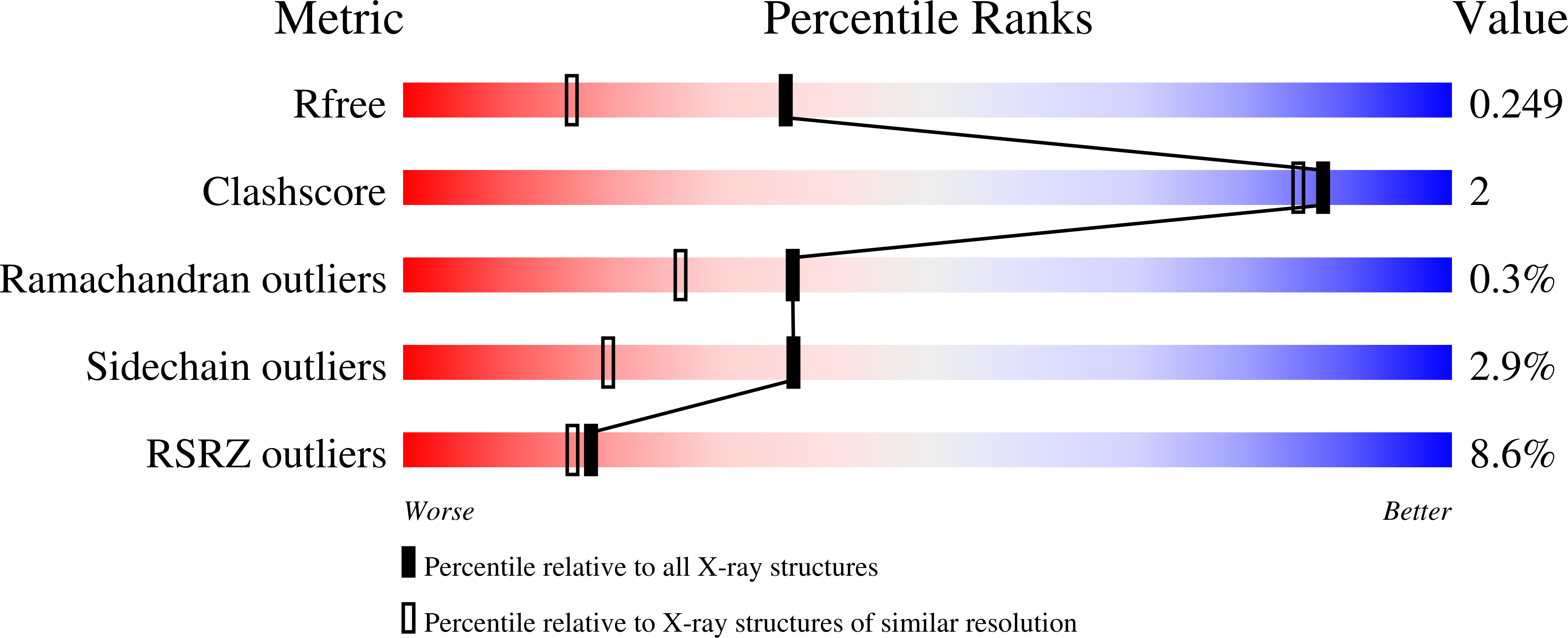
Deposition Date
2024-03-01
Release Date
2025-01-15
Last Version Date
2025-01-15
Entry Detail
PDB ID:
9AV3
Keywords:
Title:
Crystal structure of E. coli GuaB dCBS with inhibitor GNE2011
Biological Source:
Source Organism:
Escherichia coli (Taxon ID: 562)
Host Organism:
Method Details:
Experimental Method:
Resolution:
1.82 Å
R-Value Free:
0.24
R-Value Work:
0.20
R-Value Observed:
0.20
Space Group:
I 4


